Pushing boundaries: This S’porean cafe serves up drinks that look like science experiments
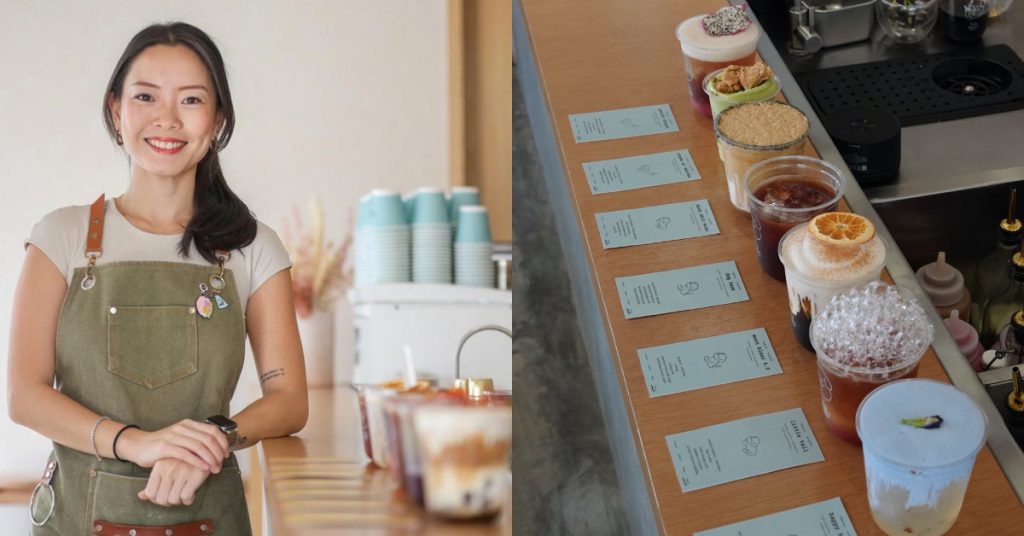
As one of the people behind Common Man Coffee Roasters with 18 years of experience in F&B under her belt, one might think that Daphne Phee would be sick of coffee. Turns out she can’t get enough, and believes that there’s space for a “fourth wave” coffee culture—one that combines “speciality coffee craftsmanship with culinary […]
Too many M’sian picklers are bottlenecked in tournaments, this upcoming hub aims to fix that

[Written in partnership with Picklefox, but the editorial team had full control over the content.] There’s no doubt that pickleball has taken Malaysia by storm. We see courts popping up at every corner. Enthusiasts are complaining about certain courts being booked up days, if not weeks, in advance. Big corporations are trying to cash in […]
Japanese ramen chain Kanada-Ya bids sayonara to Singapore as it closes all three outlets
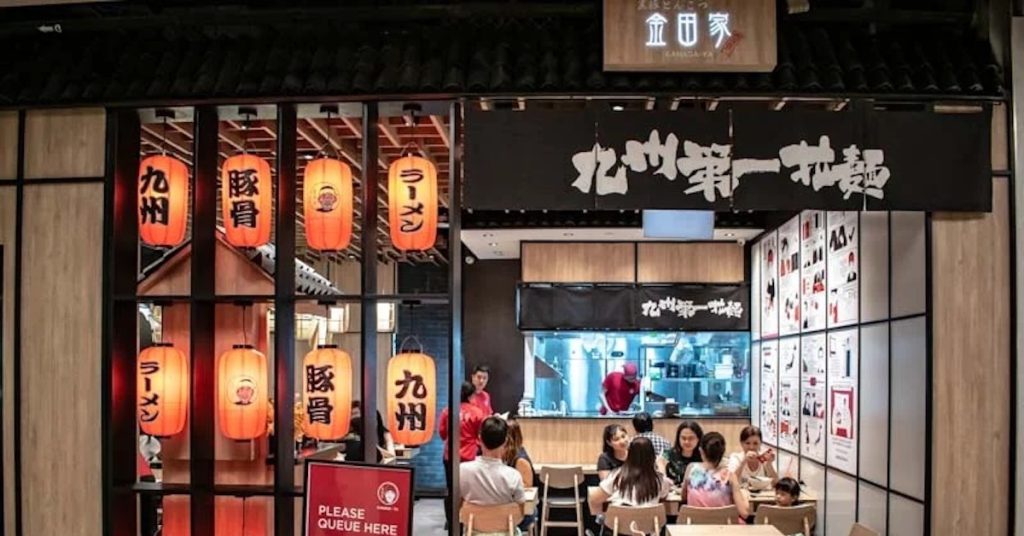
Japanese ramen chain Kanada-Ya has closed all three outlets in Singapore, following continued financial losses, The Straits Times reported today (June 12). The announcement follows its parent company, Aspen Group, revealing plans to wind up the business in a bourse filing to the Singapore Exchange on June 11. The document stated that the company will place […]
From RGB to candy: Razer’s next power-up is edible sweets made for gamers

Gaming giant Razer has announced an official collaboration with food company Mars, which will elevate their partnership line, Respawn, to new heights with an assortment of new products in the future on June 9, 2025. Co-founded by Singaporean entrepreneur Min-Liang Tan, Razer initially created the Respawn snack line as an April Fool’s prank before officially […]
Popular S’porean bakery chain PrimaDeli gets bought over by Neo Group for undisclosed sum
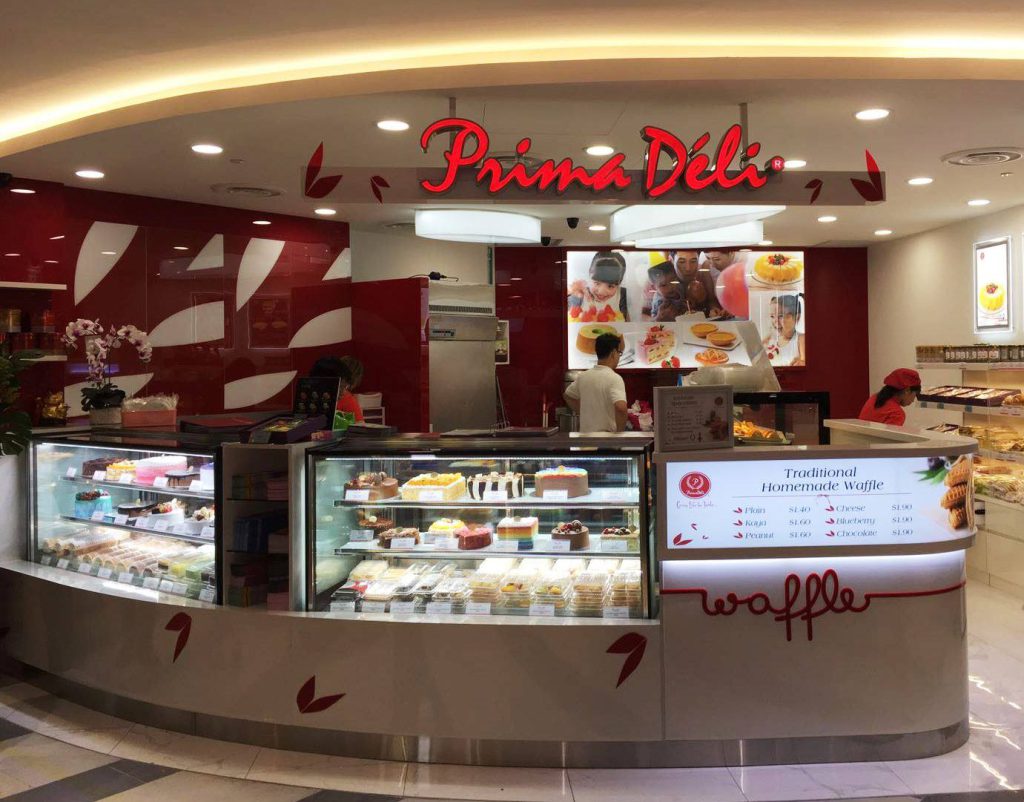
Singaporean catering company Neo Group has brought over the operations of local bakery chain PrimaDeli for an undisclosed sum, The Business Times reported on June 10, 2025. PrimaDeli will be fully managed by Neo Group Bakery, a new entity within Neo Group formed to handle the group’s bakery-related businesses. PrimaDeli will maintain its current branding […]
S$170,000 is the average annual pay of a software engineer in Singapore. Which roles pay best?
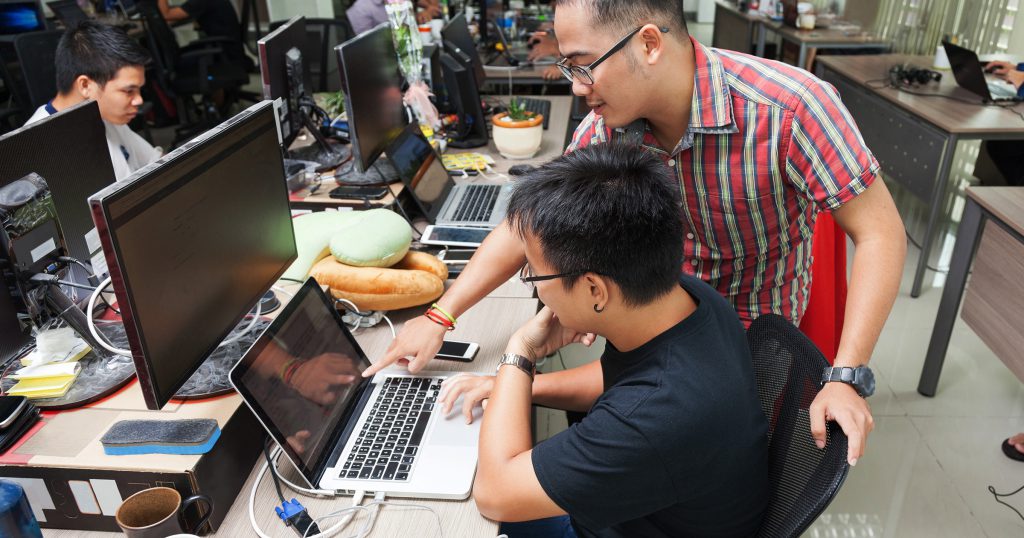
Disclaimer: Any opinions expressed below belong solely to the author. Data comes from Ministry of Manpower as well as surveys conducted by CBRE and Michael Page. Despite the fears of continuing layoffs in the tech sector and the warnings about the potential impact of AI on computer science graduates, the situation for tech talent in […]
This M’sian data scientist is putting his own spin on craft colas with his soda business
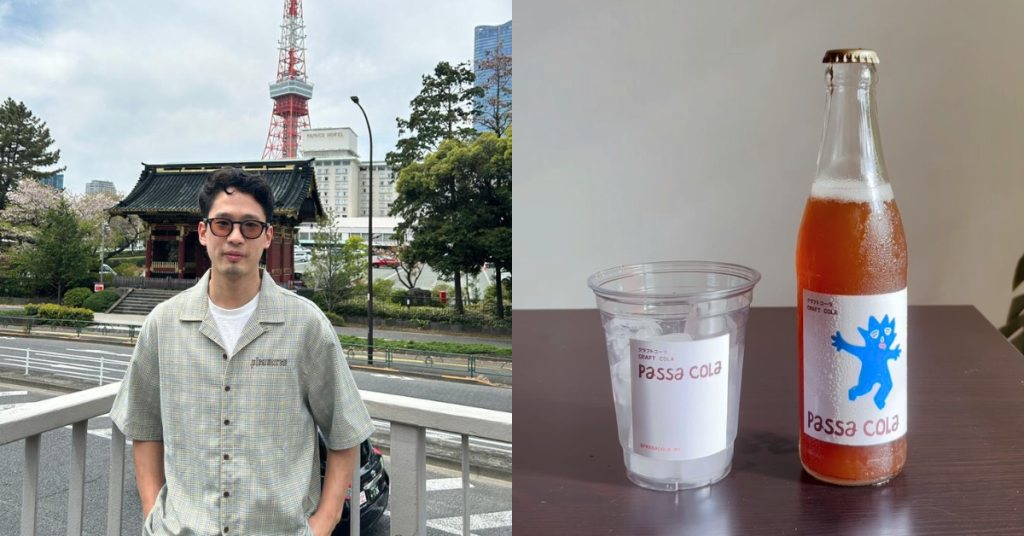
Growing up in a Japanese-Malaysian family, Kenji always experienced quite an interesting mash-up of cultures as a child. “Breakfast could be natto and rice, dinner might be steamed egg with soy sauce chicken, and supper—obviously—nasi kandar,” he shared. “That mix definitely shaped how I see the world.” Little did he know then that this blend […]
Hooked by blind boxes: Why Singaporeans can’t get enough of Pop Mart

When I went to McDonald’s as a child, the Happy Meal was a highlight, not just for the nuggets, but for the surprise toy inside. The thrill of not knowing what I’d get—and the hope of scoring the one I really wanted—felt like winning the lottery. Two decades on, that same “lucky draw” excitement has […]
Jetstar Asia to shut down by July 31, 2025, over 500 jobs affected

Singapore-based Jetstar Asia will end operations on July 31, 2025. The airline, part of the Qantas Group, said the closure follows a business review that found rising supplier costs, airport fees, and intense regional competition made it hard to sustain its low-cost model. “It’s a very difficult and sad day for all of us,” said […]
This M’sian biz is bringing fresh meat to your doorsteps with its butcher shop on wheels
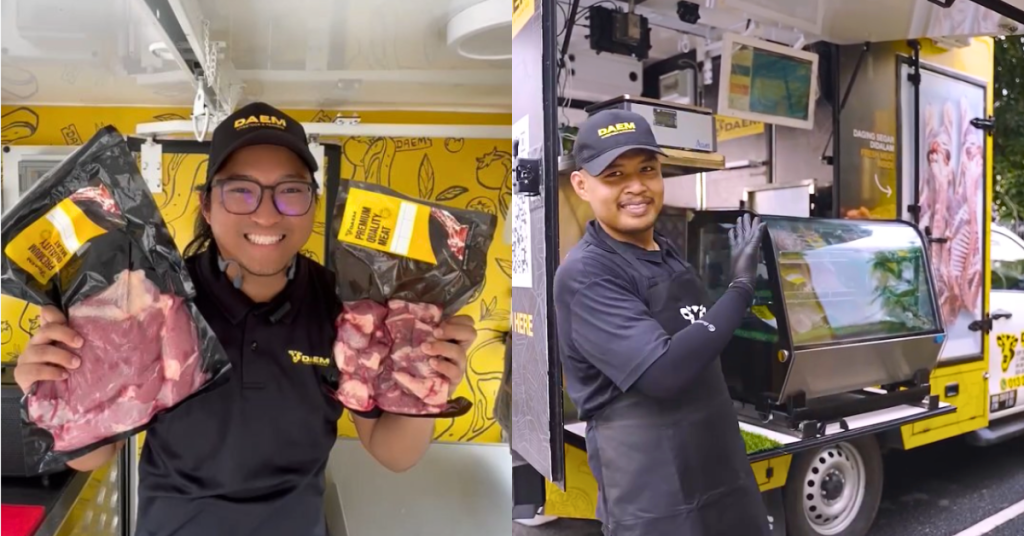
[Written in partnership with Daem Meat, but the editorial team had full control over the content.] You know of going to the grocery store to do your shopping, and you also know of services that get other people to do your groceries then drop them off at your doorstep. But do you know of a […]
Singapore is hosting the largest padel tournament in Asian history this September

The Asia Pacific Padel Tour (APPT) Prime Masters, the largest padel tournament in Asian history, will be held at Prime Padel Singapore from September 19 to September 21, 2025. Padel is a racquet sport that combines elements of tennis and squash, typically played in doubles in an enclosed court about one-third the size of a […]
No crew? No problem. This S’porean biz lets you easily record podcasts solo.

Singaporean company LFG Content Co. officially opened its new concept, The LFG Pod, to the public today (June 9), claiming it to be the world’s first fully automated, unmanned podcast and content studio. The private space of the LFG Pod allows one to step in and record a podcast or media content without the need […]
A look back: How Cradle has supported and funded high-calibre tech startups in the past 22 yrs
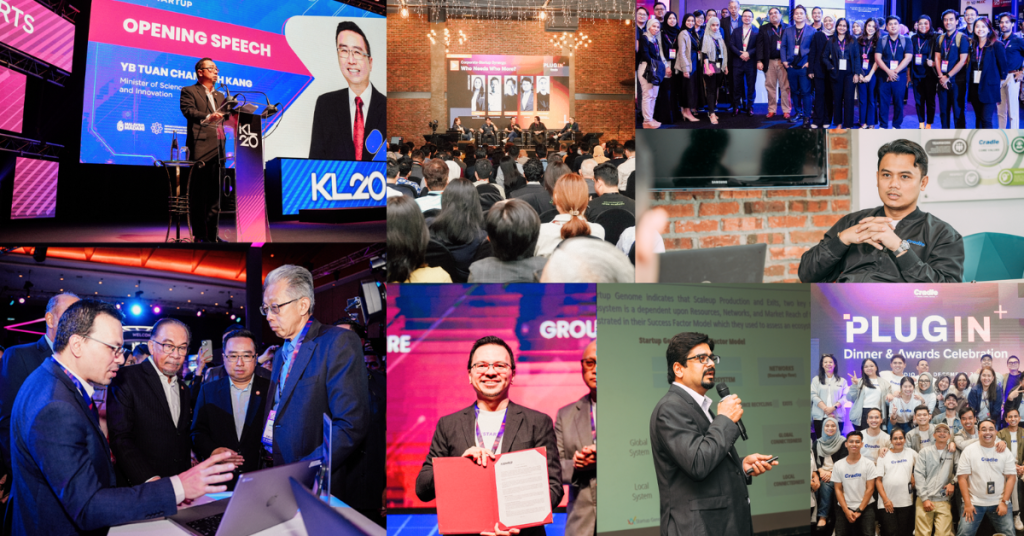
[Written in partnership with Cradle Fund, but the editorial team had full control over the content.] When we talk about Malaysia’s startup landscape, a point of discussion is always about how we can prop up our homegrown businesses and entrepreneurs, making them a regional powerhouse and, in turn, elevating our whole ecosystem. One organisation that […]
The United Local Synergy alliance hopes to take M’sia’s E&E scene to the next level—here’s how
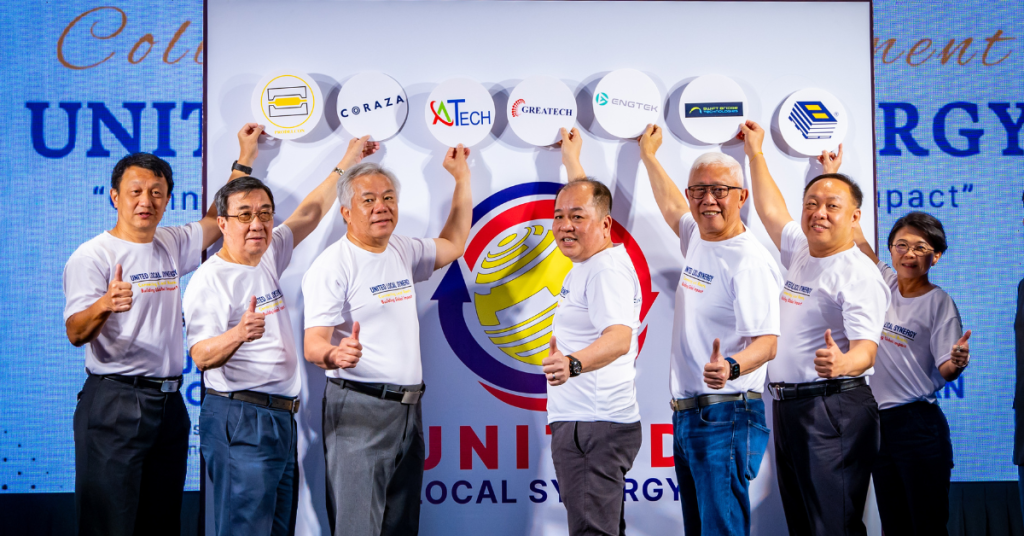
[Written in partnership with Malaysia Digital Economy Corporation (MDEC), but the editorial team had full control over the content.] There’s no doubt that the ongoing US-China trade war has created ripples across global supply chains, especially in the Electrical and Electronics (E&E) sector. For Malaysia, a key player in this space, the disruption might just […]
“Don’t come into F&B right now”: Mentai-Ya founder’s brutally honest advice after closures
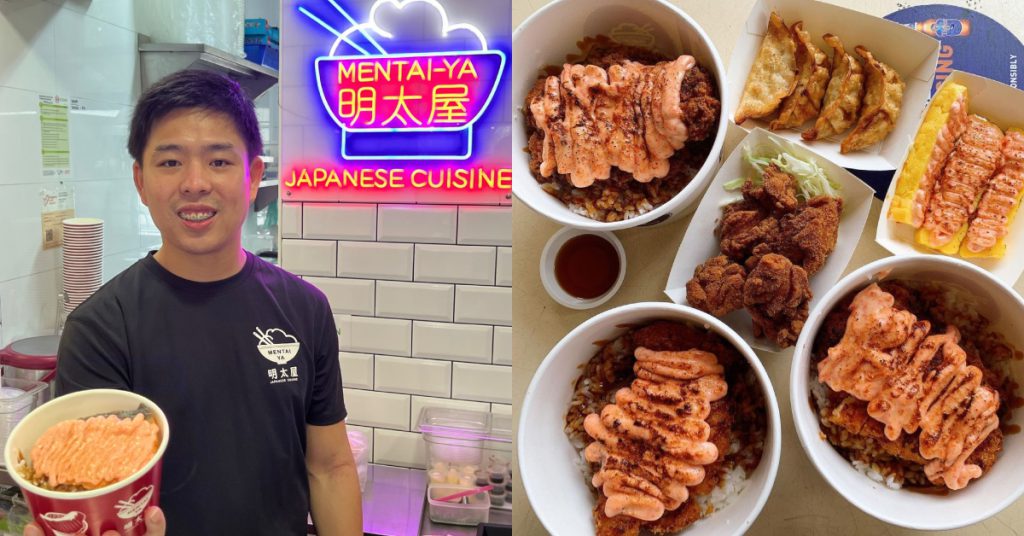
When Vulcan Post spoke to Japanese hawker chain Mentai-Ya‘s founder Keat Hwee Khoo last Friday (May 30), he had one blunt piece of advice for aspiring food entrepreneurs: don’t enter the F&B business right now. Khoo founded Mentai-Ya in 2020, right in the thick of the COVID-19 pandemic, and had managed to expand it to […]
Home cafes are growing popular in S’pore, but here’s why some F&B veterans are against the trend
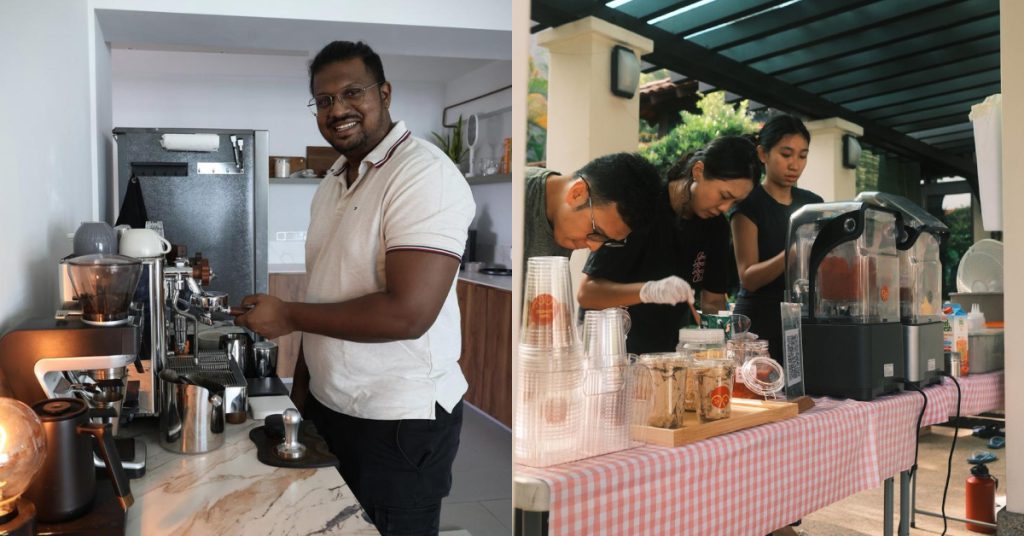
From fluffy pancakes at Fluff Stack to the Instagrammable buns of America’s Eggslut, some of the most beloved F&B names have folded under pressure in Singapore. But while these brands have shuttered, a quiet counter-movement was brewing—right in our HDB corridors and landed homes. Home-based cafés are flourishing, offering iced lattes and sourdough buns from […]
How MRANTI’s Global Market-Fit Programme can help your M’sian startup scale across borders
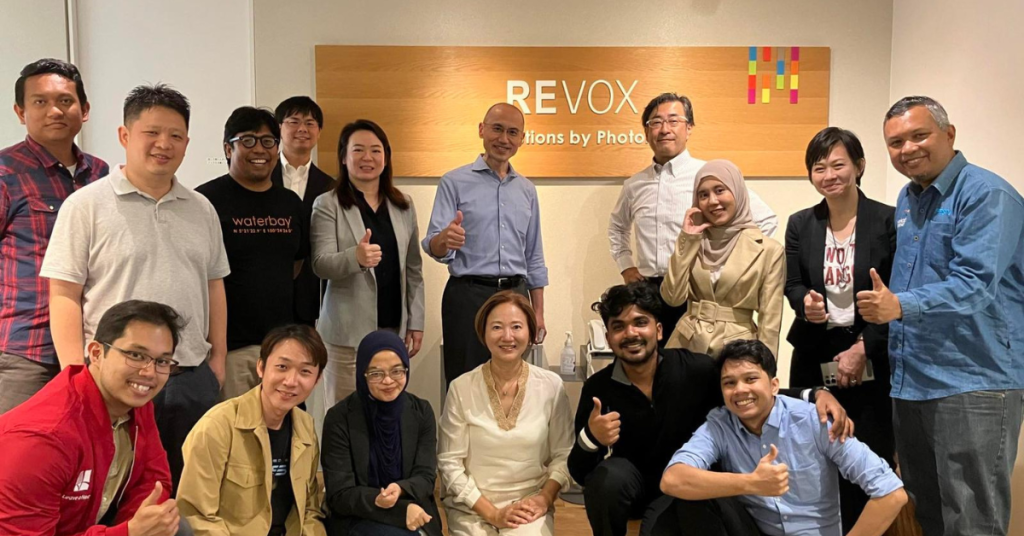
[Written in partnership with MRANTI, but the editorial team had full control over the content.] We already know that Malaysian companies have immense potential. We’re in an age of entrepreneurship where supporting local businesses has become more “in vogue” than ever. There seems to be a new innovative and aspirational founder at every corner. However, […]
These S’poreans started a pasta biz 3 yrs ago, now it’s grown to an F&B chain with 13 outlets
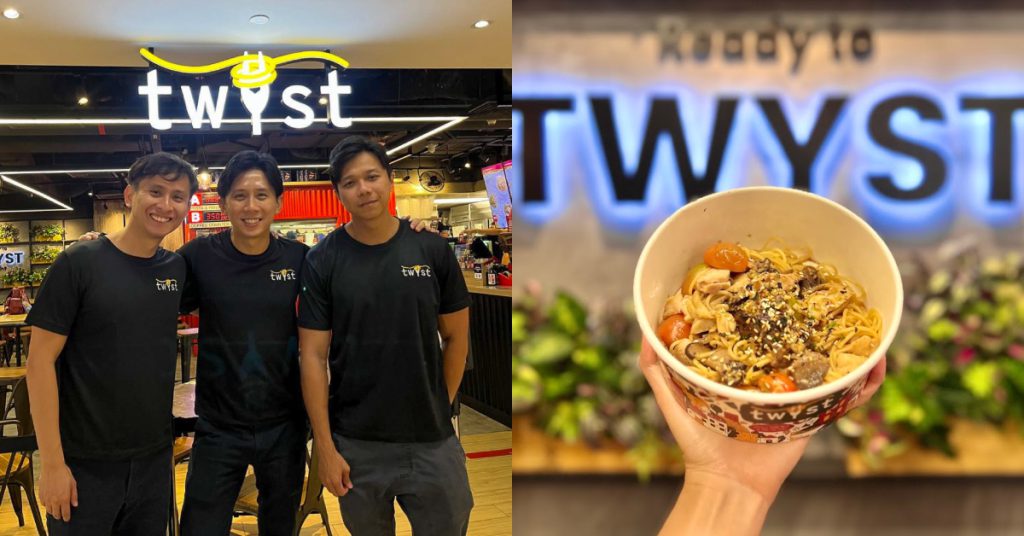
Pasta might be easy to find in Singapore, but it’s usually part of a fancier dining experience, not something you’d grab on a quick lunch break. But TWSYT flips that script—think of it as the fast food version of pasta. The homegrown chain offers pastas that are affordable, customisable, and best of all, served fast, […]
TCL debuts the world’s largest QD-Mini LED TV in Malaysia, here’s what you need to know
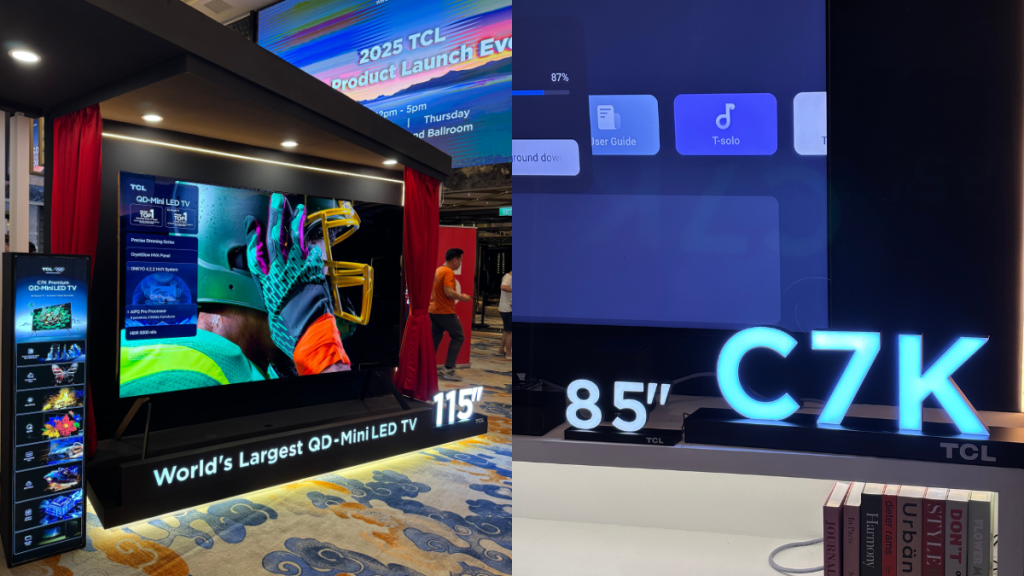
[This is a sponsored article with TCL.] On May 22, TCL Malaysia unveiled its 2025 product lineup, showing off its innovative screens to an exclusive audience. This included the brand’s latest air conditioners, refrigerators, washing machines, and AI-powered smart home ecosystem. And let’s not forget, their groundbreaking QD-Mini LED TVs, including the new C7K Premium […]
Report: Nearly 60% of workers in Singapore lived paycheque to paycheque in 2024
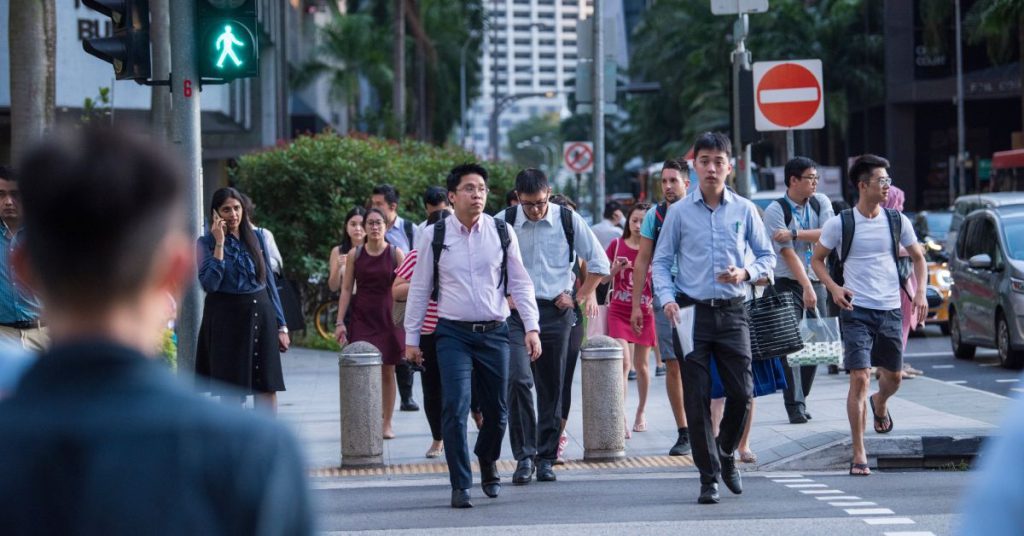
According to the People at Work 2025 report by ADP Research, more than half of the workers in Singapore, approximately 60%, lived paycheck to paycheck in 2024. This figure is significantly higher than the Asia-Pacific average of 48%. The report, which collected responses from nearly 38,000 people in 34 countries across six continents, with over […]
How M’sian coffee chain Koppiku keeps their menu fresh with the help of their fans

[Written in partnership with Koppiku, but the editorial team had full control over the content.] We get it. Since Vulcan Post had its start, we’ve talked to countless coffee businesses, from cafes to roasteries to coffee chains and even bean suppliers. And since coffee has long been a point of interest among the general public, […]
Struggling to lose weight? This M’sian wellness expert says you should sleep more.

[Written in partnership with RENN Asia Wellness, but the editorial team had full control over the content.] It’s no secret that good sleep is important. But in addition to boosting mental clarity and improving mood, quality sleep actually significantly impacts how the body metabolises energy. Yes, that means that poor sleep can lead to weight […]
From closing its 1st store to planning for 100, BilaBila Mart celebrates its 5th anniversary
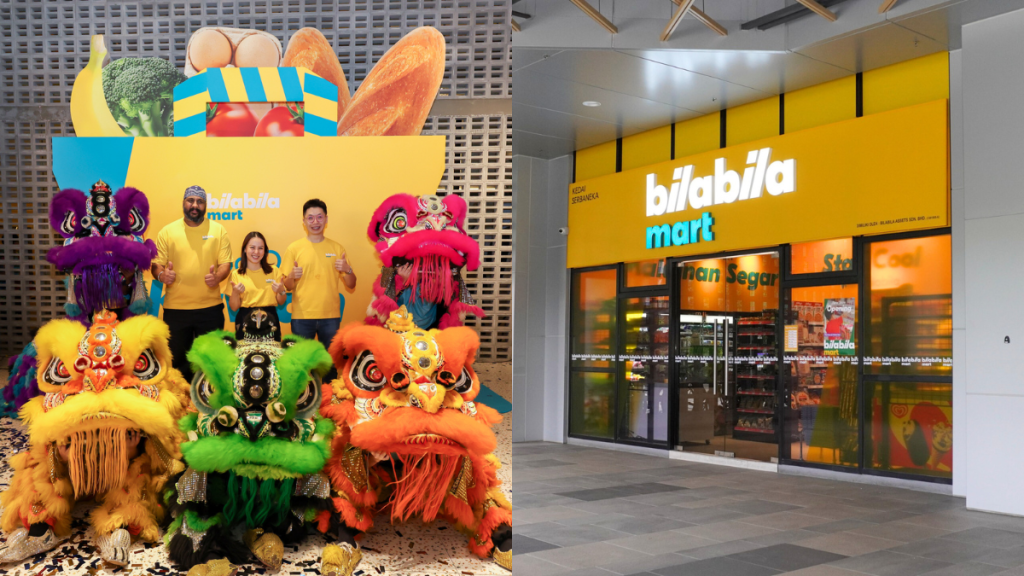
[This is a sponsored article with BilaBila Mart.] It wasn’t too long ago when we covered BilaBila Mart, a chain of convenience stores specialising in offering consumers a wide range of products, from fresh local produce to imported goods. Since their tumultuous beginnings during the COVID pandemic, the franchise has gone on to open over […]
Microsoft announces another round of layoffs after axing 6,000 staff in May

Microsoft has announced a second round of layoffs involving hundreds of jobs, less than a month after it axed 6,000 employees globally on May 13. According to a notice filed in Washington state and reviewed by Bloomberg, over 300 employees were informed on Monday (June 2) that their positions had been eliminated. It remains unclear […]
This S’porean BBT brand turned cough syrup into a drink, now it has 5 outlets & counting
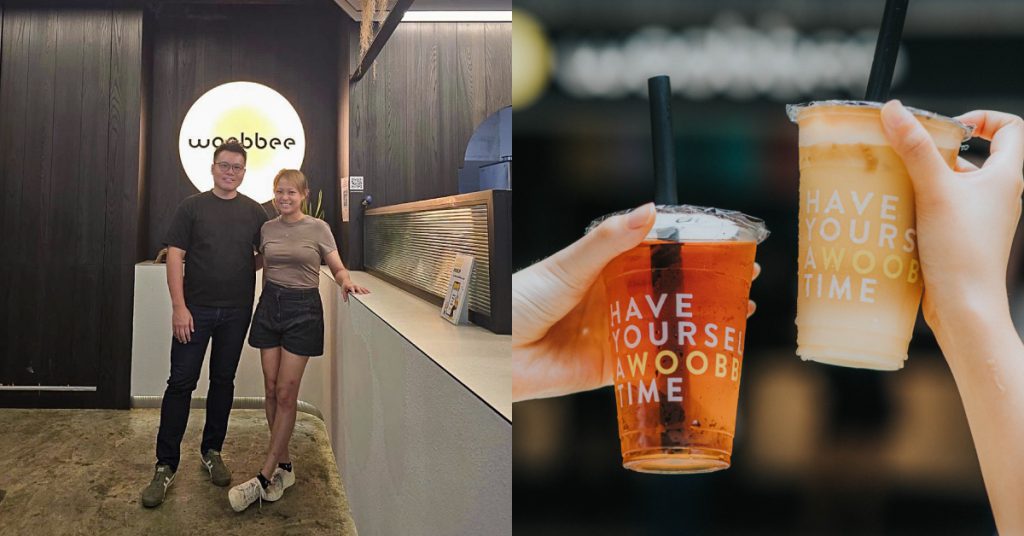
Singapore has never had a shortage of bubble tea brands, and among the sea of options stands Woobbee—a homegrown brand founded in 2010, best known for its signature pei pa koa milk tea. At the time of its launch, renowned names like Koi and Gong Cha were only beginning to gain traction in Singapore, and there was also […]
Welcome to The MVP Room: We hosted an event sharing our best pitching & interviewing tips
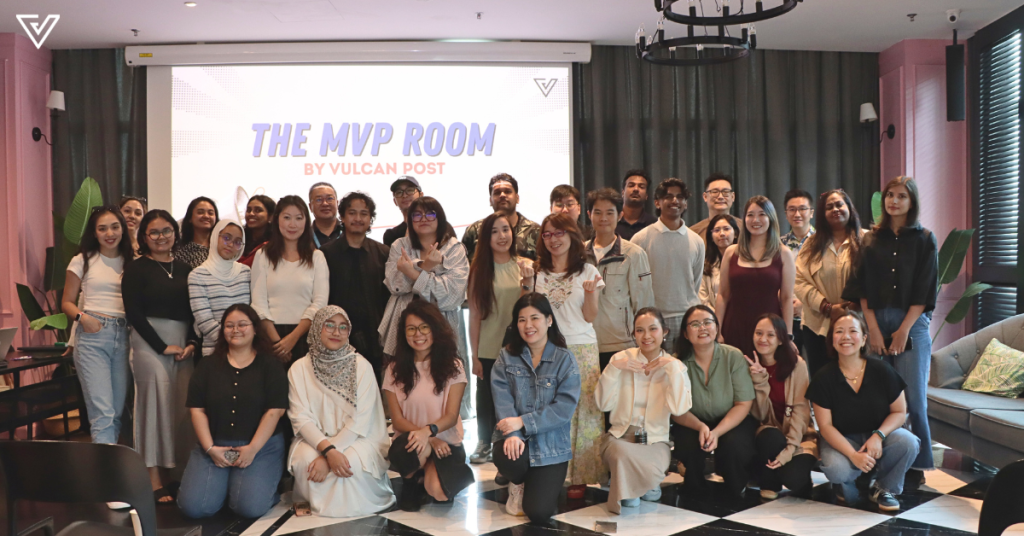
At Vulcan Post, our writers receive hundreds of emails daily… each. These come from PR companies, businesses, and individuals, asking about event invitations, media pitches, and more. People also reach out to us on social media to ask for coverage, and our own writers will find their own topics in the wild to pitch at […]
After stepping back from Carousell, co-founder Lucas Ngoo reveals his new biz focus: AI

About a year ago, Carousell co-founder Lucas Ngoo announced that he would be stepping down from the company’s day-to-day operations, citing personal reasons for his departure. He also announced his desire to explore new areas of innovation and deepen his understanding of other industries, including artificial intelligence (AI). Now, it seems like the entrepreneur’s ambitions […]
HDB prices are forecasted to grow by up to 8% this year. When will they stop? Here’s the data.

Disclaimer: Unless otherwise stated, any opinions expressed below belong solely to the author. The HDB Resale Price Index has hit over 200 points for the first time ever in Q1 2025, as growing prices in the resale market continue to be a major topic in Singapore. Cumulatively, they have increased by over 50% since 2020, […]
One weekend, five viral brands: My boss challenged me to find TikTok-famous S’porean bizs
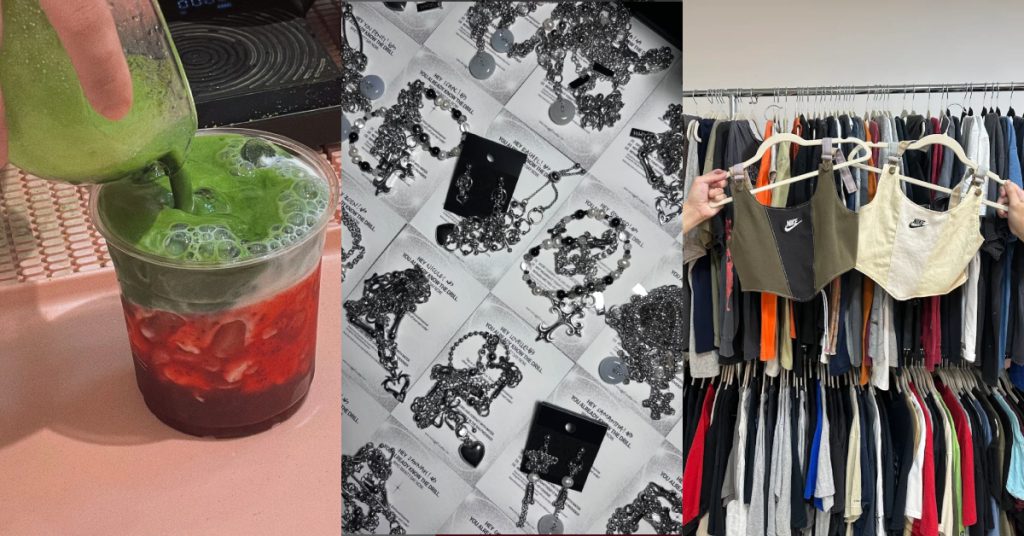
Vulcan Post has covered multiple businesses since its inception in August 2013, with some catching our attention due to their online virality. Our managing director, Jacky, challenged us to collate a list of interesting businesses that have gone viral on TikTok recently, which I graciously accepted and put my doomscrolling habit to good use over […]
S’porean telco software firm Circles eyes potential IPO listings on NASDAQ & SGX

Singaporean telecommunications software company Circles is considering listing on NASDAQ in New York, while its virtual telecom brand Circles.Life plans to launch an initial public offering (IPO) on the Singapore Exchange (SGX). Circles’ CEO and co-founder, Rameez Ansar, stated in an interview with The Straits Times on Tuesday (May 27) that the timing of the […]

